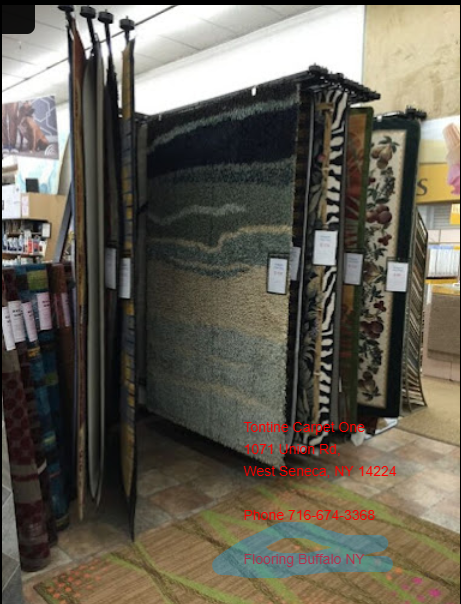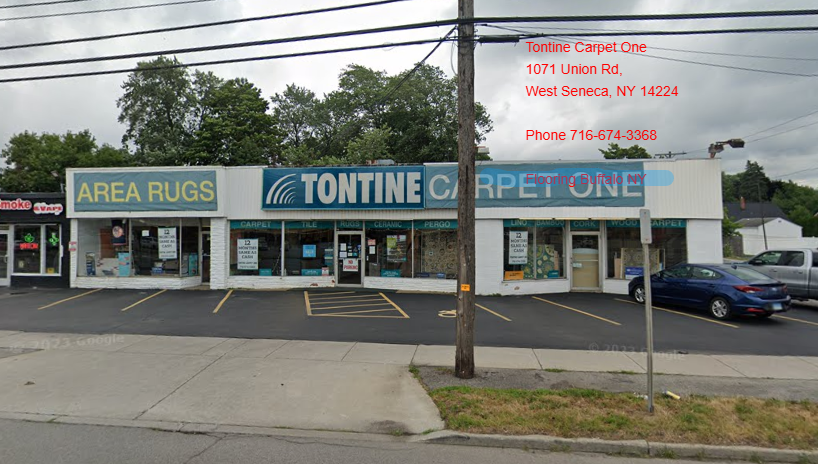Introduction
When we stroll with the aid of a beautifully decorated domestic, our eyes often fall upon the carpeting that serves as either a basis and a assertion piece. Carpets can bring up spaces, imparting heat, relief, and a classy appeal. But have you ever ever wondered how carpet patterns developed over the years? From high-priced Persian rugs to fashionable minimalist designs, the journey of carpeting kinds reflects societal modifications, technological improvements, and evolving tastes.
In this article, we’ll discover The Evolution of Carpeting Styles Over the Years in detail. We'll delve into ancient context, substances used, design developments, and recent innovations in the carpet trade. Whether you might be in search of carpets Buffalo NY, Hardwood Flooring Buffalo NY, or definitely exploring possibilities at your neighborhood Buffalo Carpet Store, this article will deliver insights into how carpets have remodeled through the years.
The Evolution of Carpeting Styles Over the Years
A Brief History of Carpeting
Carpeting has a prosperous history dating to come back heaps of years. Initially created for useful purposes, carpets developed into decorative paintings varieties that mirrored cultural values and recommendations.
Early Beginnings: The Origin of Rugs
- Persian Influence: Persian rugs are one of the oldest ordinary carpets, courting lower back to round 500 BC. Their problematic designs in most cases function floral motifs and geometric styles. Navajo Weaving: In North America, Native American tribes just like the Navajo began weaving their possess detailed rugs as early as the seventeenth century.
These early carpets have https://www.tontinecarpetone.com/flooring/vinyl been now not handiest purposeful however additionally served as status symbols within their respective cultures.
The Middle Ages: A Shift in Functionality
As societies built at some stage in the Middle Ages, carpets transitioned from being in basic terms utilitarian to serving as ornamental resources in castles and church buildings throughout Europe. The use of rich hues and intricate designs grew to be sought after.
Renaissance to Industrial Revolution: The Rise of Luxury Carpets
Renaissance Flourishes
During the Renaissance duration (14th to 17th centuries), European royalty commissioned exquisite tapestries and carpets for their properties. These textiles featured shiny colours and depicted scenes from mythology or nature.
Industrial Innovations
The Industrial Revolution in the 18th century marked a extraordinary turning element for carpeting types:
- Mass Production: With improvements in equipment, carpets may well be produced on a larger scale. Synthetic Fibers: The advent of man made fibers sold longevity at scale down costs.
twentieth Century: Diverse Styles Emerge
As we entered the 20 th century, carpeting begun to diversify added:
Mid-Century Modern Designs
The mid-century fashionable move emphasized simplicity and function. Carpets equivalent to shag rugs become primary resulting from their textural traits.
Post-War Era Trends
After World War II, there was a surge in suburban living which stimulated carpet design:
- Wall-to-wall carpeting turned a staple in lots of homes. Bright colours like avocado green and mustard yellow meditated standard way of life in the time of this period.
Contemporary Trends: Sustainable Practices and Technology
Today’s carpets mirror current way of living choices with an emphasis on sustainability and expertise:
Eco-Friendly Materials
Many buyers at the moment are attempting sustainable options constructed from recycled resources or natural and organic fibers. This shift is obvious at nearby floor retailers like Tontine Carpet One Buffalo NY.

Technological Advancements
Innovations such as stain-resistant solutions and superior setting up tips have made putting forward carpets less demanding than ever sooner than.
Materials Used in Carpet Making Through Time
Natural vs Synthetic Fibers: A Comparative Analysis
When discussing carpet elements over time, it’s critical to agree with each usual and synthetic fibers:
| Material Type | Characteristics | Advantages | Disadvantages | |-------------------|-----------------------------------------------------|-----------------------------------------|-------------------------------------| | Natural Fibers | Wool, cotton, jute | Eco-pleasant; high priced believe | Can be high-priced | | Synthetic Fibers | Nylon, polyester | Durable; stain-resistant | Less breathable |

Wool: The Classic Choice
Wool has been revered for its longevity and costly texture all around records. It keeps warm temperature nicely and is naturally proof against grime.
Nylon: A Modern Marvel
Introduced in the mid-20th century, nylon in a timely fashion have become well-known by means of its resilience against wear and tear—excellent for excessive-traffic areas like hallways or residing rooms.
Design Trends Across Different Eras
Victorian Patterns: Opulence Redefined
In Victorian times (19th century), ornate patterns ruled carpet designs with floral motifs reflecting wealth.
Art Deco Inspirations
Art Deco (1920s) added geometric shapes into focus—proposing bold contrasts that also resonate in these days.
Influence of Culture on Carpet Design
Cultural Significance
Every tradition has its enjoyable contribution to carpet making—from Persian motifs celebrating nature to Navajo patterns reflecting storytelling.
Regional Styles
Each zone showcases awesome traits based totally on attainable parts or normal concepts—feel Turkish kilims as opposed to Indian dhurries!
FAQs
1. What are some widely wide-spread different types of carpeting?
There are a good number of versions together with loop pile, reduce pile (like plush), frieze (twisted), Berber (looped & textured). Each supplies the different aesthetics & alleviation phases!
2. How do I determine a carpet headquartered on way of living?
Consider points inclusive of foot traffic degrees! For busy families with pets/young people elect durable treatments like nylon or Berber types that face up to stains!
three. Are green carpets well worth it?
Absolutely! They now not in simple terms make a contribution in direction of sustainability however also can present stronger air excellent merits! Many eco-friendly manufacturers now have trendy choices too!
4. How occasionally must always I change my carpet?

five. What’s trending precise now in carpeting styles?
Current tendencies emphasize textures—suppose shaggy appears to be like paired with neutral colorings! Also multi-simple arena rugs are relatively common!
6. Can I deploy carpet myself?
While DIY deploy is viable pretty with modular tiles; reliable set up guarantees perfect effects primarily for wall-to-wall fittings!
Conclusion
As we replicate on The Evolution of Carpeting Styles Over the Years, it truly is clear that those humble textiles inform reports a ways beyond aesthetics—they encapsulate cultural identities at the same time adapting with time's currents! Whether you’re vacationing your regional Buffalo Carpet Store or figuring out between chances at Tontine Carpet One Buffalo NY; wisdom this evolution complements appreciation for your picks today!
From herbal fibers steeped in subculture to modern man made improvements; our reference to floors is still profound! So next time you walk across your plush living room carpet remember—it’s more than just fabric underfoot—it’s historical past woven into each and every thread!